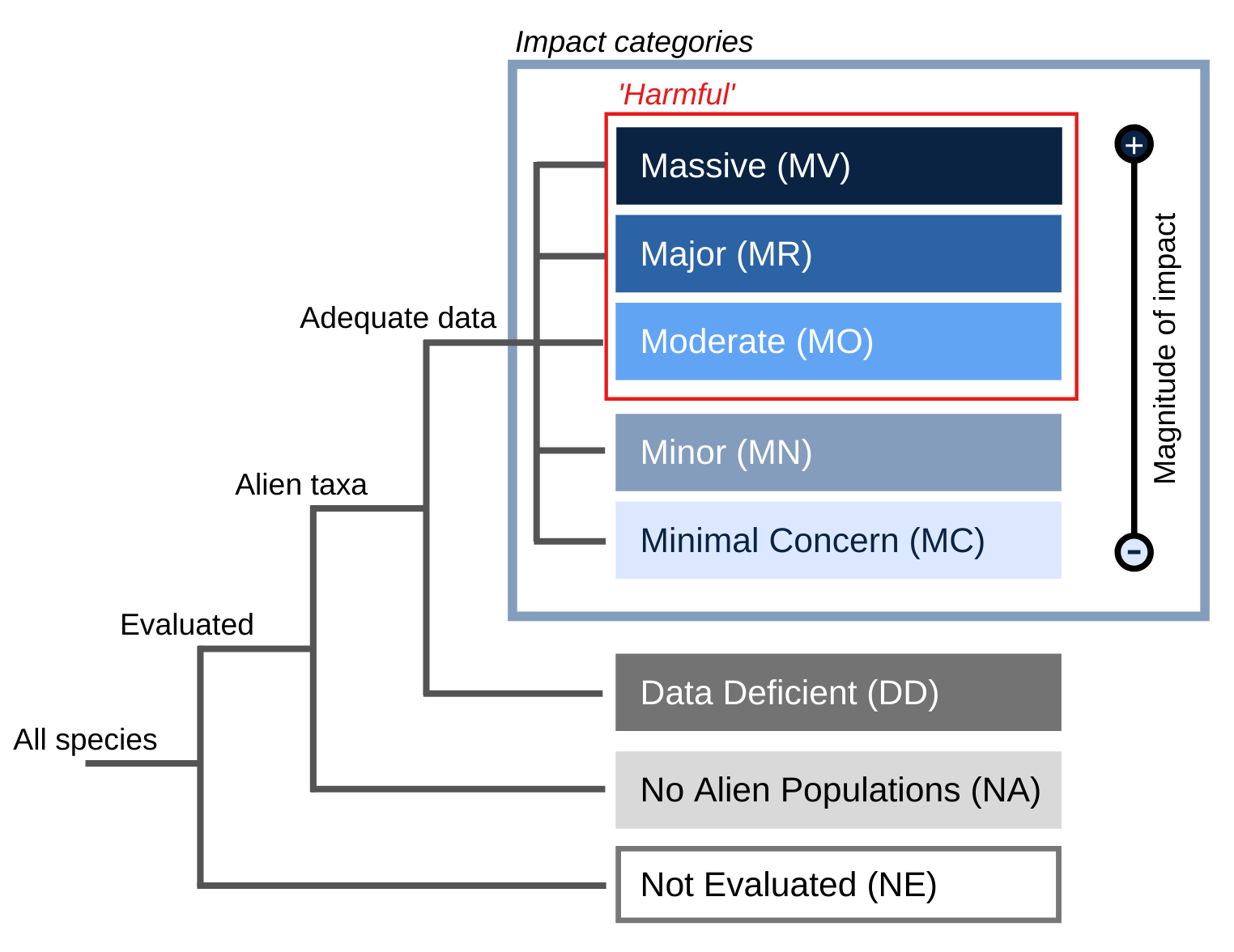- General
- Distribution
- Impact
- Management
- Bibliography
- Contact


Anas boschas , Linnaeus, 1758
Principal source: Drilling, Nancy, Rodger Titman and Frank Mckinney. 2002. Mallard (Anas platyrhynchos),
The Birds of North America Online (A. Poole, Ed.). Ithaca: Cornell Lab of Ornithology; Retrieved from the Birds of North America Online: http://bna.birds.cornell.edu/bna/species/658
NatureServe Explorer, 2008. An Online Encyclopedia of Life: Anas platyrhynchos - Linnaeus, 1758 Mallard
Compiler: National Biological Information Infrastructure (NBII), Comité français de l'UICN (IUCN French Committee) & IUCN SSC Invasive Species Specialist Group (ISSG)
Updates with support from the Overseas Territories Environmental Programme (OTEP) project XOT603, a joint project with the Cayman Islands Government - Department of Environment
Review: Jocelyn Champagnon, ONCFS - Avifaune Migratrice
Publication date: 2010-10-04
Recommended citation: Global Invasive Species Database (2025) Species profile: Anas platyrhynchos. Downloaded from http://www.iucngisd.org/gisd/species.php?sc=1241 on 14-11-2025.
In North America and Europe, populations of Mallard are frequently restocked by captive-bred individuals for hunting purposes. Captive individuals hybridize with wild ones which has the potential to threaten the genetic integrity of Mallard. Consequences of this practice are currently under study (Champagnon et al., 2009).
Studies have recently indicated that A. platyrhynchos is thought to be a long-distance vector for the highly pathogenic avian influenza virus (HPAIV) (H5N1), a serious concern to the poultry industry and public health. Spread of the virus in conjuction with migratory routes and waterfowl infection indicate them as probable vectors. Experiments have shown that mallards are the prime candidate for being the long-distance vector of HPAIV (H5N1) since they excrete significantly higher proportions on the virus than other ducks while they are seemingly immune to its debilitating effects in both studies and wild bird die-offs from HPAIV in Europe and Asia. Furthermore, their extremely wide range and large populations, its presence in nearly every type of wetland, and tolerance to humans provide a potential link to wild waterfowl, domestic animals, and humans rendering it a perfect vector of the deadly HPAIV. Although human infection is rare, this virus has a high fatality rate in infected patients. The possibility of mutation to a more human infectable form and a human-to-human means of transmission, poses a tremendous threat of pandemic proportions.
Additionally, captive reared mallards are believed to increase incidence of some other diseases such as Duck Virus Enteritis (DVE) in wild populations (Keawcharoen, 2008; Weber and Stilianakis, 2007; AEWA, 2003).
Finally, high mallard populations are associated with algal bloom, deoxygenation, and loss of aquatic plants in overpopulated wetlands which can lead to botulism (RSPB, 2008).
A. platyrhynchos (Mallard) x (A. superciliosa) Pacific Black Duck hybrids commonly occur on Lord Howe Island in freshwater and estuarine habitats. A management program using trapping, shooting and opportunistic capture by hand was conducted for five days in October 2007. The majority of ducks were removed by shooting. Hand capture was most efficient but was opportunistic and limited to juveniles and chicks. Trapping was the next most efficient technique but had difficulties with disturbance by the public. Please follow this link for Tracey et al (2008) Lord Howe Island Ducks: Abundance, Impacts and Management Options for more details on the management project.












